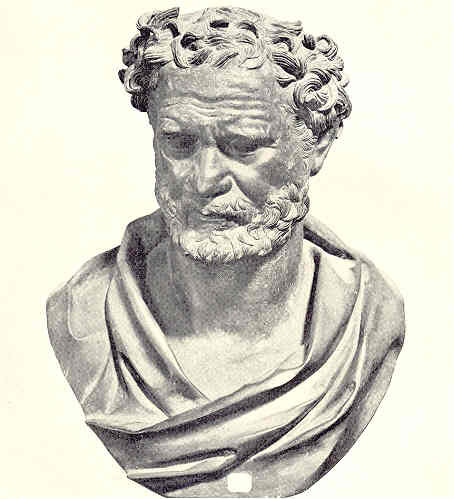 Democritus: -in 300B.C, was the first to theorize the existence of atoms
Democritus: -in 300B.C, was the first to theorize the existence of atomsAristotle however disagreed with Democritus and believed that atoms were made from the 4 elements; earth, air, fire, and water
Lavoisier (late 1700's) -stated earliest version of both the Law of Conservation of mass and discovered combustion
Proust (1799) - Proust believed that if a compound were to be broken down, it would still contain the same ratios as in the compound; continued on with Lavoisier and proved the law of definite porportions
Dalton (early 1800's) - all matter is made of atoms
-all atoms of given element are the same
-atoms of one element can combine with another to form chemical compounds
 -a chemical reaction is a rearrangement of atoms
-a chemical reaction is a rearrangement of atomsJ.J. Thompson (1850) - proved existence of electrons; uses the plum pudding model
Rutherford (1905) - showed atoms had dense centres and electrons outside of them
-suggested atoms are mostly empty space; proved Thompson's model to be incorrect
Niels Bohr (1885-1962) - studied gaseous samples of atoms
-proposed that electrons surrounds the nucleus in shells
-when exciting electrons of a certain element, it gives off light
All these people contributed to the model of the atom. However, the atom today consists of 3 subatomic particles: protons, electrons, neutrons. Protons and neutrons lies within a dense nucleus whilst the electrons surround the nucleus in shells.

No comments:
Post a Comment